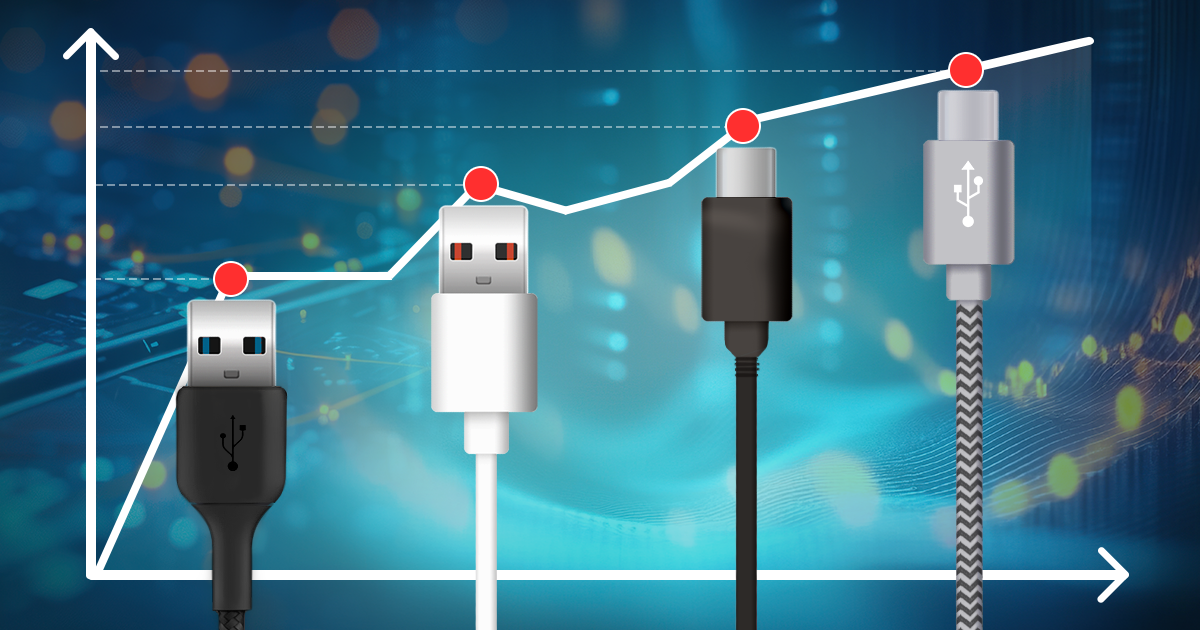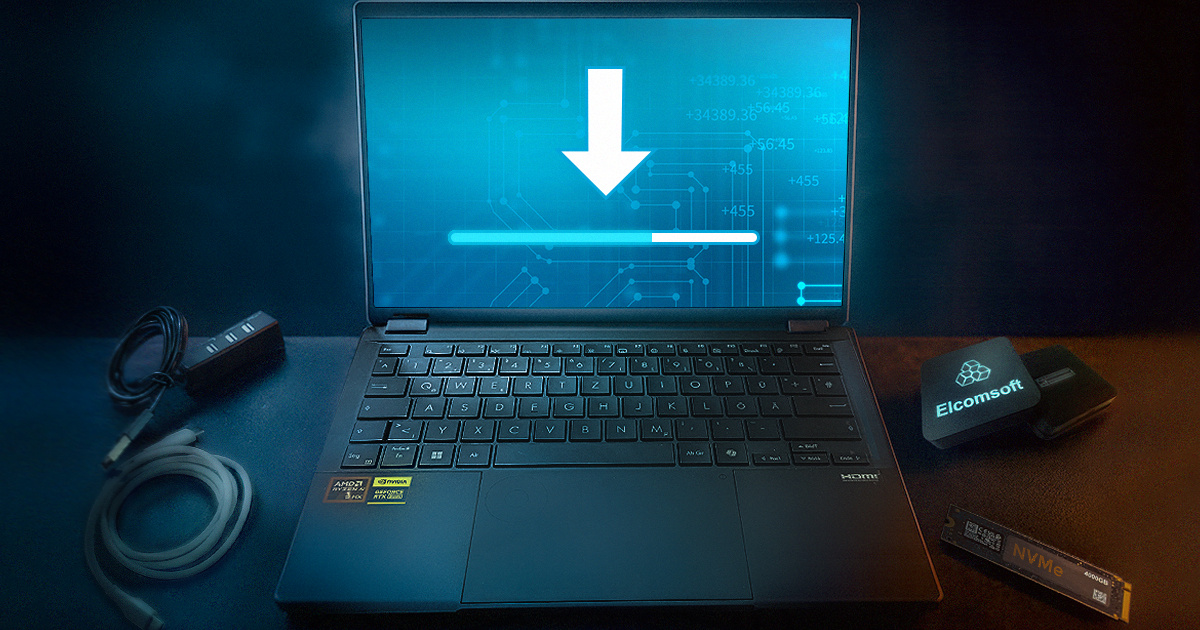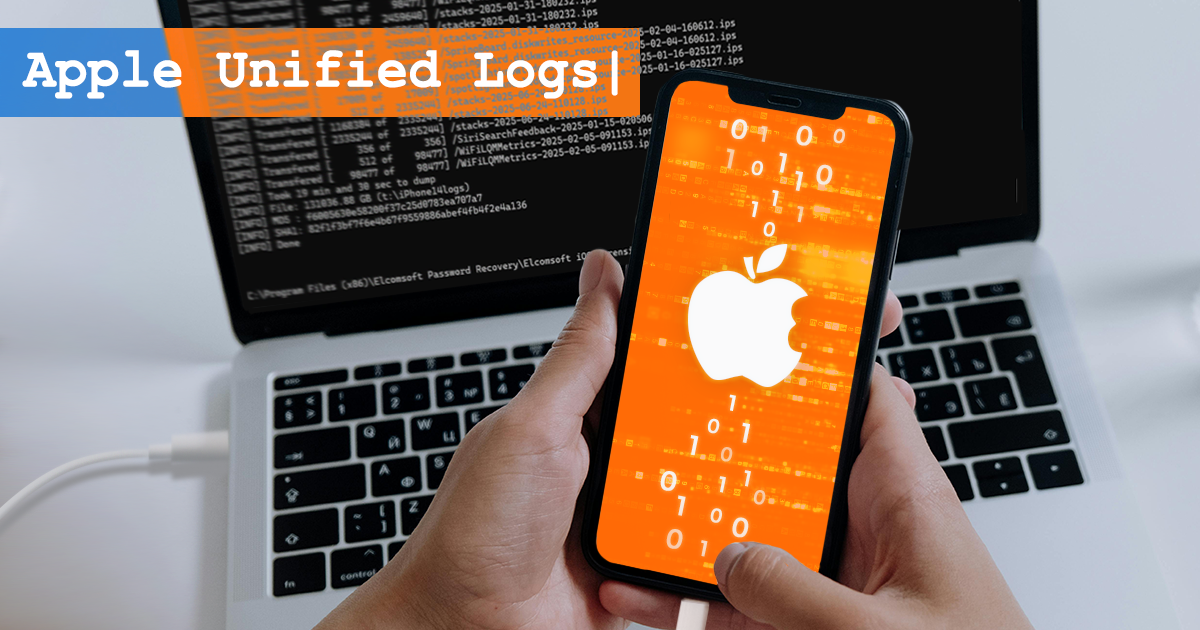The Screen Time passcode is an optional feature of iOS 12 and 13 that can be used to secure the Content & Privacy Restrictions. Once the password is set, iOS will prompt for the Screen Time passcode if an expert attempts to reset the device backup password (iTunes backup password) in addition to the screen lock passcode. As a result, experts will require two passcodes in order to reset the backup password: the device screen lock passcode and the Screen Time passcode. Since the 4-digit Screen Time passcode is separate to the device lock passcode (the one that is used when locking and unlocking the device), it becomes an extra security layer effectively blocking logical acquisition attempts.
With over half a million users, Signal is an incredibly secure cross-platform instant messaging app. With emphasis on security, there is no wonder that Signal is frequently picked as a communication tool by those who have something to hide. Elcomsoft Phone Viewer can now decrypt Signal databases extracted from the iPhone via physical (well, file system) acquisition, and that was a tough nut to crack.
The Screen Time passcode (known as the Restrictions passcode in previous versions of iOS) is a separate 4-digit passcode designed to secure changes to the device settings and the user’s Apple ID account and to enforce the Content & Privacy Restrictions. You can add the Screen Time passcode when activating Screen Time on a child’s device or if you want to add an extra layer of security to your own device.
EIFT, Elcomsoft iOS Forensic Toolkit, Elcomsoft Phone Breaker, Elcomsoft Phone Viewer, EPB, EPV, iCloud backup, iOS, iPhone, iTunes backup, password, restrictions, Screen Time
By this time, seemingly everyone has published an article or two about Apple re-introducing the vulnerability that was patched in the previous version of iOS. The vulnerability was made into a known exploit, which in turn was used to jailbreak iOS 12.2 (and most previous versions). We’ll look at it from the point of view of a forensic expert.
What can and what cannot be done with an iOS device using Touch ID/Face ID authentication as opposed to knowing the passcode? The differences are huge. For the sake of simplicity, we’ll only cover iOS 12 and 13. If you just want a quick summary, scroll down to the end of the article for a table.
We all know how much important data is stored in modern smartphones, making them an excellent source of evidence. However, data preservation and acquisition are not as easy as they sound. There is no silver bullet or “fire and forget” solutions to solve cases or extract evidence on your behalf. In this article, which is loosely based on our three-day training program, we will describe the proper steps in the proper order to retain and extract as much data from the iPhone as theoretically possible.
If you are familiar with breaking passwords, you already know that different tools and file formats require a very different amount of efforts to break. Breaking a password protecting a RAR archive can take ten times as long as breaking a password to a ZIP archive with the same content, while breaking a Word document saved in Office 2016 can take ten times as long as breaking an Office 2010 document. With solutions for over 300 file formats and encryption algorithms, we still find iTunes backups amazing, and their passwords to be very different from the rest of the crop in some interesting ways. In this article we tried to gather everything we know about iTunes backup passwords to help you break (or reset) their passwords in the most efficient way.
Elcomsoft Distributed Password Recovery, Elcomsoft iOS Forensic Toolkit, Elcomsoft Phone Breaker, Elcomsoft Phone Viewer, iCloud, iOS, iOS backups, iTunes, iTunes backups, jailbreak, keychain
Jailbreaking is used by the forensic community to access the file system of iOS devices, perform physical extraction and decrypt device secrets. Jailbreaking the device is one of the most straightforward ways to gain low-level access to many types of evidence not available with any other extraction methods.
Unless you’re using GrayShift or Cellebrite services for iPhone extraction, jailbreaking is a required pre-requisite for physical acquisition. Physical access offers numerous benefits over other types of extraction; as a result, jailbreaking is in demand among experts and forensic specialists.
The new generation of jailbreaks has arrived. Available for iOS 11 and iOS 12 (up to and including iOS 12.1.2), rootless jailbreaks offer significantly more forensically sound extraction compared to traditional jailbreaks. Learn how rootless jailbreaks are different to classic jailbreaks, why they are better for forensic extractions and what traces they leave behind.


